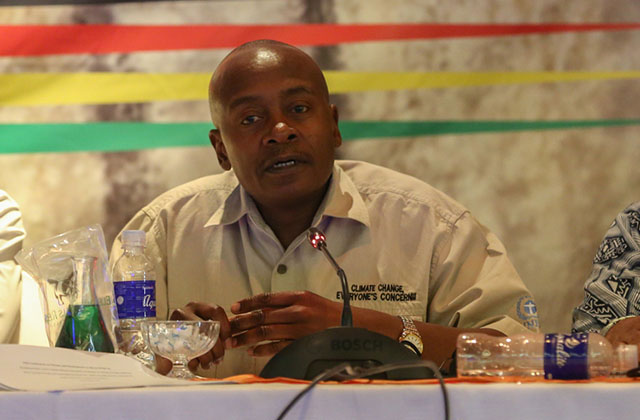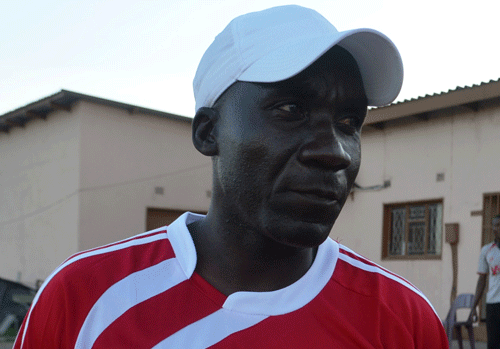Cash transfers: What’s gender got to do with it?

Jennifer Yablonski and Amber Peterman Our Children, Our Future
UNICEF works on social protection programmes in over 100 countries, and many are expanding rapidly. In discussions with stakeholders, there are two gender assumptions we hear repeatedly:
● giving benefits to women (rather than men) will result in better outcomes — particularly for children
● transfers will increase women’s empowerment.
In other words, paying attention to gender is important not only to deliver better programme results, but also as its own objective. But are these assumptions based on evidence? While the claims are promising, we actually know less about them than we should. The primary reason for uncertainty is that gender dynamics are highly contextual and their effect on outcomes varies according to underlying cultural norms.
As a consequence, it has been hard to land on a global consensus on both topics.
Let’s consider the first assumption: Men and women will invest cash transfers in different ways. Of course. However, assuming this will result in significantly better programme outcomes is less clear.
Research showing women spend in more “family-friendly” ways is primarily based on household consumption and spending studies — rather than studies, which actually evaluated the recipients of transfers in a rigorous way (e.g. through randomisation of benefits). Recently, a review attempted to answer questions regarding economic transfers (including cash transfers), screening nearly 6 000 abstracts to find those, which compared men and women recipients within the same programme.
Only 15 studies included a thorough comparison, with the overall conclusion that there was no pattern showing household benefits were greater depending on who in the household received them.
What about the second assumption: Cash transfers empower women beneficiaries. While some literature examines this question, a review of quantitative and qualitative evidence on an array of economic interventions shows that only in the case of conditional cash transfers is there strong support of the claim. Evidence from all quantitative studies and qualitative evidence on unconditional cash transfers is mixed.
In fact, some critiques suggest conditional transfers could actually reinforce traditional gender roles and increase women’s work burden related to conditions. Assessing this evidence is complicated by a myriad of indicators used to measure “empowerment”: indicators range from women’s intra-household decision making through social networks to land or asset ownership, making it difficult to draw conclusions.
In addition, programmes may have very different impacts depending on design. Finally, the bulk of evidence comes from Latin America, where programmes are largely conditional and have been operating the longest (thus, with opportunities to show medium or long(er) term impact).
Consider evidence from the multi-country Transfer Project, a sub-Saharan African initiative supporting rigorous mixed-method evaluations of largely unconditional government-run cash transfers. In these programmes, the majority of beneficiaries are women or reach female headed households.
For example, in Zambia’s Child Grant Programme, 99 percent of beneficiaries are women, as the unconditional cash transfer (equivalent to US$12/month) is given to primary caregivers in households with children aged 0-5. In two recent working papers, we examine how the Zambian cash transfer programme could have affected women’s empowerment.
In the first paper, we examine women’s intra-household decision making using quantitative impact evaluation data from a four-year randomised control trial, paired with a qualitative study to examine narratives and definitions of empowerment among women and men in study communities. Quantitatively, we find significant increases in the total number of decisions women participated in. However, in practical terms, these increases were so small (one third of a decision over nine domains) they seem inconsequential.
Yet, women’s narratives implied a more subtle change. In nearly all cases, when women and men were asked to talk about what empowerment means, they equated it to financial standing, rather than on relationships or social standing.
In this realm, women saw a change brought about by the grant:
In a second paper we look directly at women’s financial standing (specifically savings and household non-farm enterprises). We find evidence that the cash transfer increased the probability that women were saving (by 100 percent), and the amount they saved.
Secondly, transfers led to increase in small businesses operated by women — beneficiaries used savings to invest in income-generating activities to smooth consumption and provide additional economic security for their households.
Therefore, we see that although decision making is a useful concept, it is difficult to measure and interpret quantitatively, and in this context, actual economic indicators themselves are more insightful.
In the words of women themselves, and as mirrored by their financial status, the Zambia transfer programme increased women’s wellbeing, and we hypothesise was made possible because transfers were paid directly to women themselves.
Ultimately, gender dynamics within any programme will vary with cultural context and it’s important to consider how gender may affect programmes from the start. If not “one size fits all”, what general conclusions can we draw from this example?
For comments, email: [email protected]










Comments